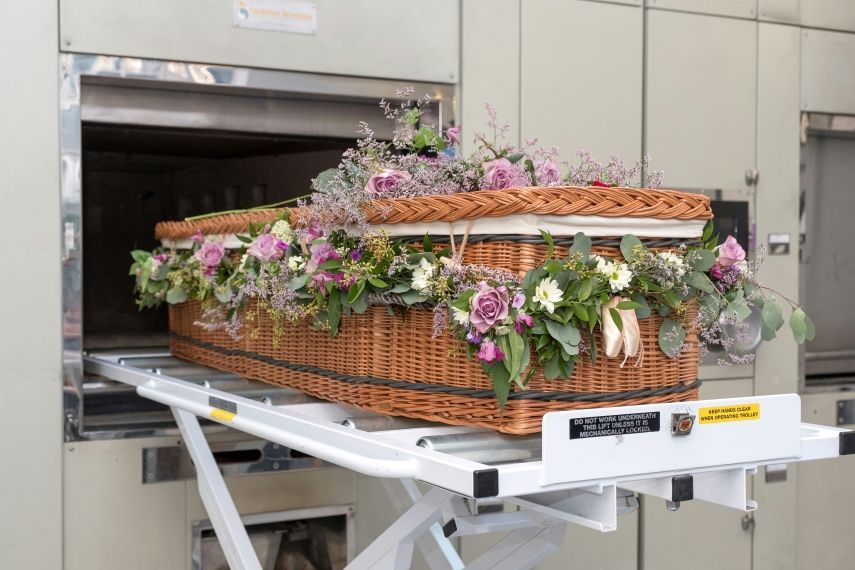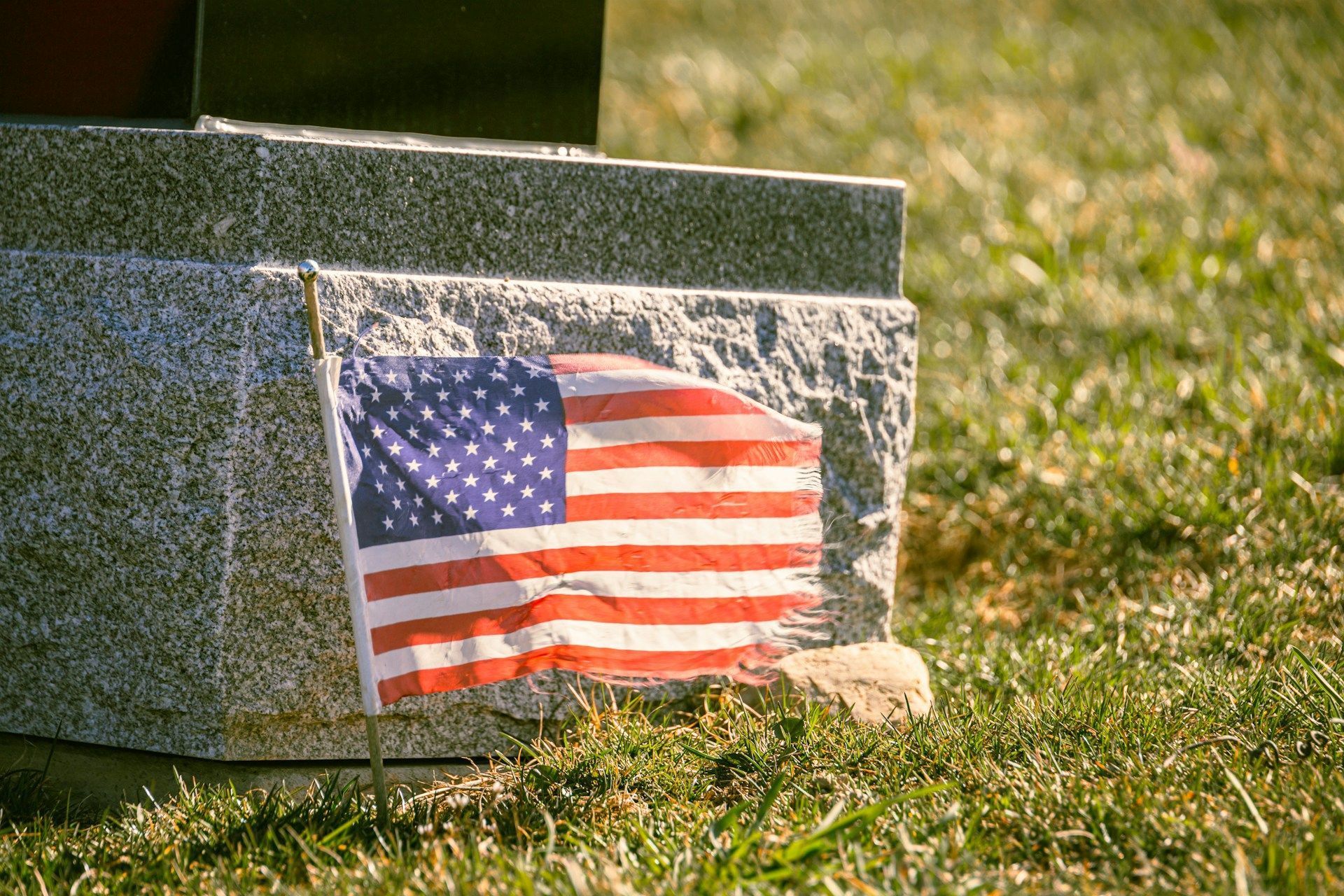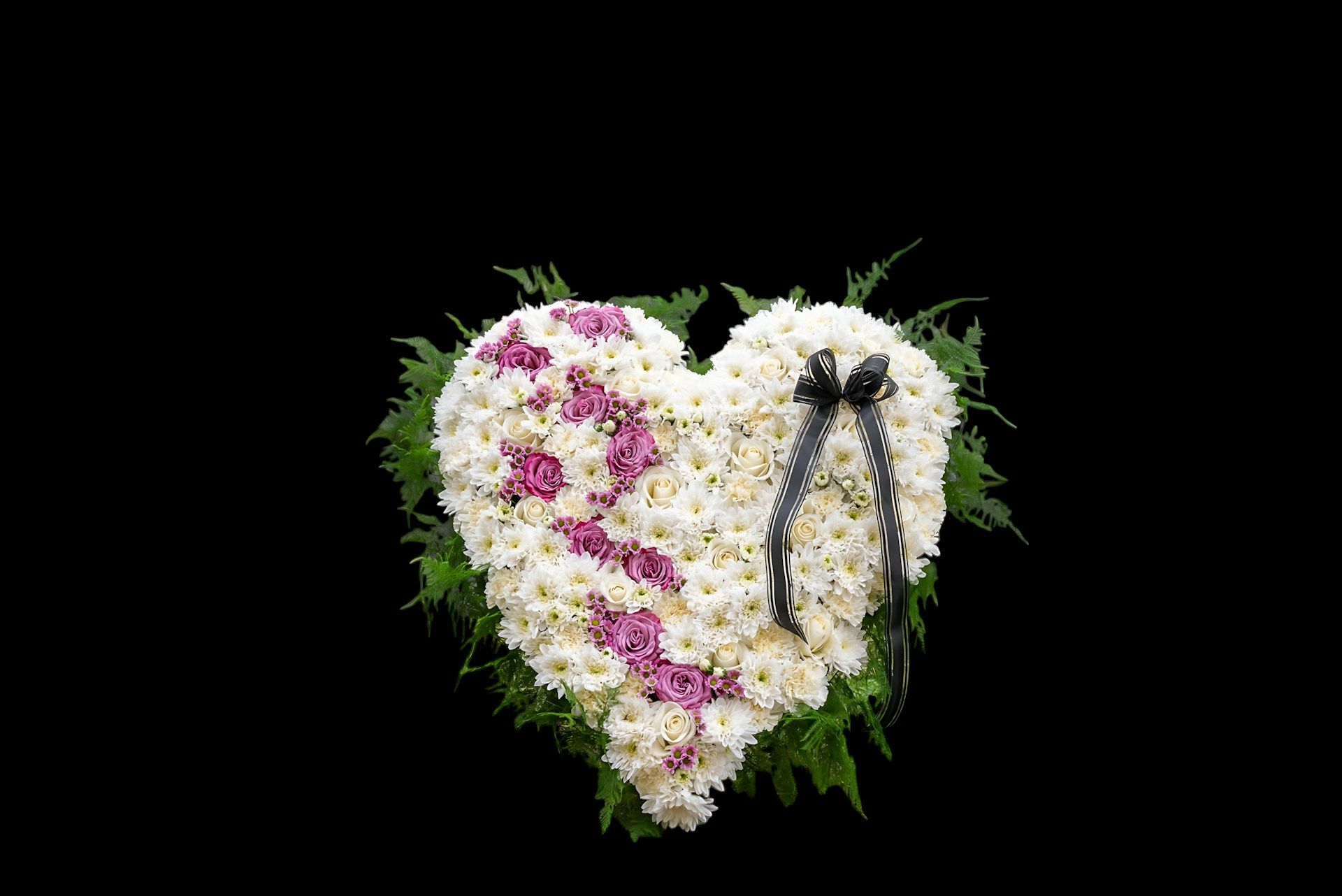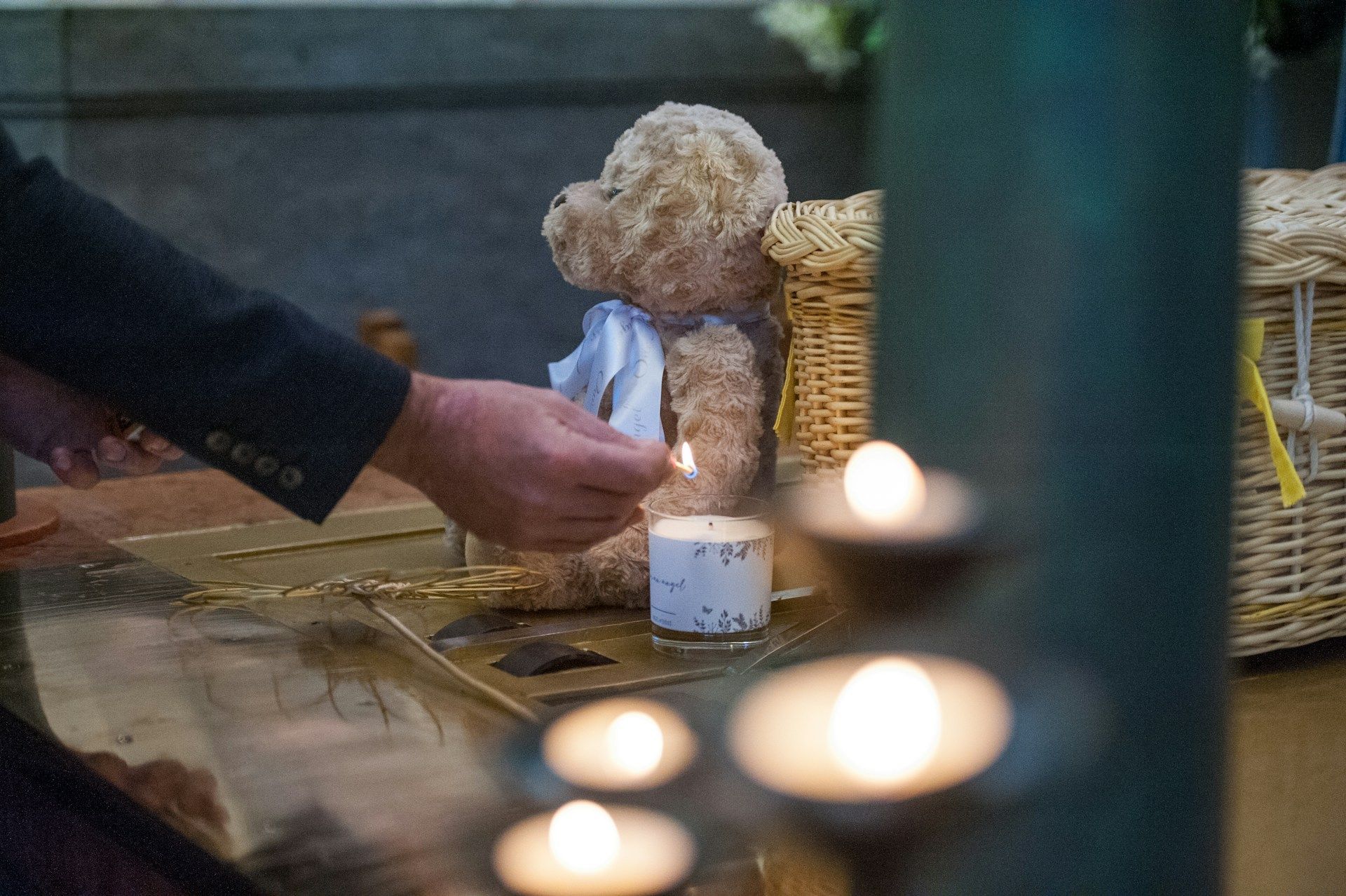Exploring the Environmental Advantages of Cremation Choices

Cremation services in Chaska, MN , are increasingly seen as a thoughtful approach to end-of-life planning, not just for their simplicity and cost-effectiveness, but also for their environmental benefits. As the community becomes more eco-conscious, many are turning to cremation as a means of leaving a lighter footprint on the earth. This article will explore how cremation, particularly when offered by establishments like Ballard-Sunder Funeral & Cremation, aligns with environmental conservation efforts and offers a viable alternative to traditional burial methods.
A Shift Toward Sustainability
The traditional burial process often involves practices that are not environmentally friendly—such as the use of embalming chemicals, metal caskets, and concrete vaults, all of which can have long-lasting impacts on land use and soil health. In contrast, cremation presents a significant reduction in material use and land disturbance. By opting for cremation, families can avoid the environmental toll associated with traditional burials, from the manufacture and transport of coffins to the continuous maintenance of cemetery grounds.
Reduced Land Use
One of the most significant environmental advantages of cremation over traditional burial is the conservation of land. Traditional burials require a substantial amount of space not only for the graves themselves but for the infrastructure that supports cemeteries. As urban areas expand and wild areas shrink, the value of land conservation has never been higher. Cremation services allow us to preserve more natural areas, maintaining biodiversity and natural beauty, which is especially pertinent in growing communities like Chaska, MN.
Fewer Resources, Fewer Emissions
Cremation services also involve fewer resources, which translates to lower emissions in the production and maintenance phases. The process does not necessitate embalming fluids, which are often composed of chemicals like formaldehyde, methanol, and other volatile compounds that can seep into the environment. Moreover, by diminishing the demand for elaborate caskets and burial vaults—typically made from metal, wood, and concrete—cremation reduces the need for these materials and the associated environmental impacts of their production and transportation.
Options for Eco-Friendly Ashes Disposal
Innovations in how cremated remains are handled further enhance the environmental benefits. Ballard-Sunder Funeral & Cremation, along with other service providers, now offer biodegradable urns that can be used to return ashes to the earth safely and without pollutants. Some of these urns are designed to break down naturally when buried or can even be used to plant trees, which contribute to reforestation efforts and carbon capture.
Embracing Modern Trends
As environmental awareness increases, so does the inclination towards services that reflect these values. Funeral homes are responding by adopting greener technologies and practices, including more energy-efficient crematories and the use of renewable energy sources. These improvements are crucial in minimizing the carbon footprint associated with cremation services and align with broader environmental goals.
Conclusion
Cremation services in Chaska, MN, are not only a testament to the evolving attitudes toward end-of-life care but also a reflection of a community’s commitment to sustainability. By choosing cremation, individuals can ensure their final act is in harmony with eco-friendly principles that benefit future generations. Ballard-Sunder Funeral & Cremation offers these services, understanding that many families today are looking for options that support their environmental values.
If you are considering cremation and are interested in how it can be part of a sustainable legacy, visit Ballard-Sunder Funeral & Cremation to learn more about your options and how they contribute to environmental conservation efforts.














